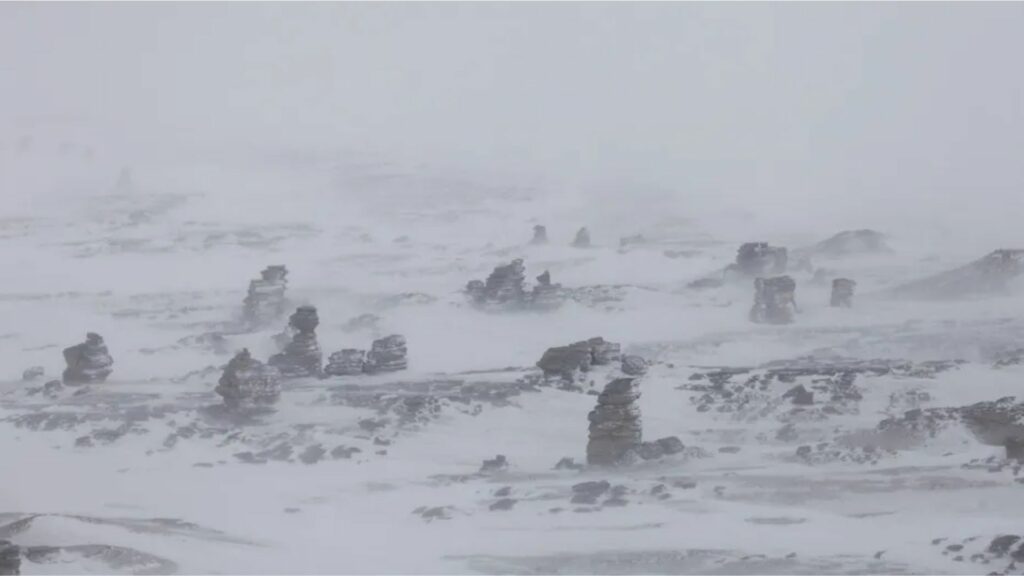The 48,500-Year-Old “Zombie Virus” Buried In Ice revived By Scientists
Researchers have recovered nearly two dozen viruses, including one frozen under a lake for more than 48,500 years, suggesting that the thawing of old permafrost due to climate change may represent a new threat to humanity.
Ancient samples were studied by European scientists who dug them out of Russian permafrost. Thirteen previously unknown diseases, which the researchers have dubbed “zombie viruses,” were resurrected and defined; they proved to be infectious despite having been dormant in the ground for millennia beneath the ice.
Permafrost thawing as a result of atmospheric warming is predicted to exacerbate climate change by releasing greenhouse gases like methane. Yet how it affects latent pathogens is not as clear.
Scientists from Russia, Germany, and France concluded that the biological danger of reanimating the virus strains they tested was “totally negligible” because they focused on strains that could infect amoeba bacteria. They warned that their findings can be extrapolated to suggest that the threat of a virus that could infect animals or people is genuine.
“It is thus likely that ancient permafrost will release these unknown viruses upon thawing,” in a post on the preprint repository bioRxiv that has not yet been reviewed by experts in the field. “How long these viruses could remain infectious once exposed to outdoor conditions, and how likely they will be to encounter and infect a suitable host in the interval, is yet impossible to estimate.”
However, they warned “But the risk is bound to increase in the context of global warming when permafrost thawing will keep accelerating, and more people will be populating the Arctic in the wake of industrial ventures,”
